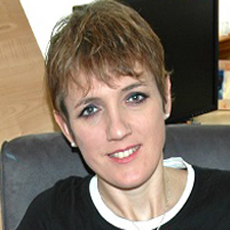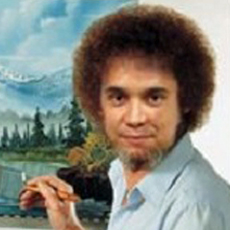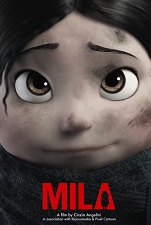 Mila is a dream Cinzia Angelini has been chasing for 5 years— a dream that has led over 250 volunteers working night and day to bring to life a story that is, sadly, relevant to many current events. The small and courageous protagonist, Mila, carries the face of so many children around the world, children who become the indirect victims of war. Mila represents the children who survived and the children who were lost.
Mila is a dream Cinzia Angelini has been chasing for 5 years— a dream that has led over 250 volunteers working night and day to bring to life a story that is, sadly, relevant to many current events. The small and courageous protagonist, Mila, carries the face of so many children around the world, children who become the indirect victims of war. Mila represents the children who survived and the children who were lost.
The Mila Family wants to prove that “cartoons” can successfully enlighten all age groups on serious, real world issues. They hope their film will encourage viewers to discuss the issue of child war victims and take action to prevent it from happening to more children.
Cinzia Angelini, writer and director of Mila, has worked as an animator and story artist in feature productions for more than twenty years. Her Hollywood career includes work on Spider-Man 2, Prince Of Egypt, El Dorado, Bolt, Minions and many more films that a lot of us grew up watching.
The story of Mila is very personal to her; but at the same time, as intimate stories often are, it has a universal appeal, hence the extraordinary response of hundreds of artists around the world.
And ours…
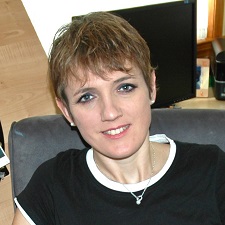 AnimatedViews: Can you tell me about the real story behind Mila?
AnimatedViews: Can you tell me about the real story behind Mila?
Cinzia Angelini: I heard stories of WWII my entire childhood. In particular, my mom and my grandmother always re-lived and talked about things that happened during those years. I think it was both a way to cope with it but also their way to try and pass on some history of what happened.
When the bombing started in Trento and hundreds of people died in a single day, September 2nd 1943, my grandparents took the kids in the middle of the night and with the help of a friend escaped with the bicycles, the kids still on their Pajamas and all that they could carry. The street they took is very steep and they pushed the loaded bicycles in the dark as more attacks were happening lower down in the valley. They found refuge in a village up high and stayed there finding a one-room little apartment. They stayed there for the next couple of years. The kids actually enjoyed that time up in the mountains and my mom remembers it with pleasure. The war did not get there. They managed to survive and did not suffer as much as many other people did. While they were up there, the family house they left behind got occupied by the Nazis.
Some aspects of this story can be found in Mila. The story that really touched me out of all the war stories is the one that my mom told me of how she felt when the bomber attacks arrived, how she could not move, breathe, or call for help. She was Mila’s age during those difficult times. For years, I tried to imagine how a little kid would feel in the middle of that inferno, and one day the time came to put that up on the screen, so Mila was born.
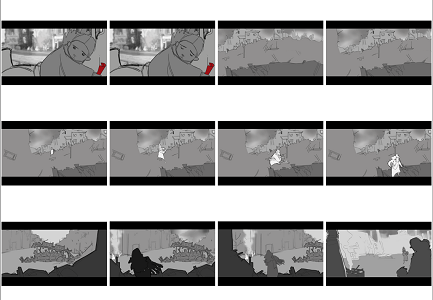
AV: In what measure was that story ideal for a visual rendering, on screen?
CA: I don’t think my first thought was that it was an ideal story for a big screen, I just knew I wanted to tell that particular story and that I would have worked on the script until that story of feelings would be ready to be transferred to the big screen.
AV: What in that story particularly fit animation as a medium?
CA: I think that the fact that the story is inspired by the feelings of a child makes animation the ideal choice, at least for me. We have war sequences that will show the brutality of being in the middle of that situation, and dream sequences that will represent Mila’s memories of her mom— extremes that will be linked together with the magic of animation.
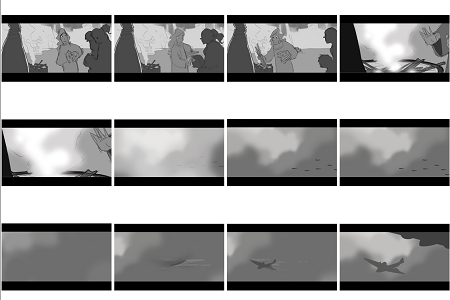
AV: What do you think animation brings to your story, any special dimension?
CA: Animation can be really powerful, and if well executed can touch the audience deep down, reaching every heart, no matter what size.
AV: Can you tell me more specifically about the process of going from family memories to an actual movie script?
CA: I think that the process I used to tell a family story is the same I would have used for any other story. It’s a matter of finding the storyline, identify where we are, when we start, where we want to go and how we want the audience to feel once we end. The challenge I had is that my mom’s story is the story of a passive child that has everything happening inside but cannot move because of terror. Generally, the characters of a film and mostly the main character need to be dynamic characters that change, evolve, and carry the story forward. Mila is a character that goes through a lot of emotions during the film. We have sequences of war and sequences of dreams that are led by her. Characters are vehicles that carry the story forward and evolve with it.
It was not easy to start from a simple concept of a child not moving with terror, and develop it into an 11-minute short film with multiple locations and characters. Actually, a great exercise for anyone interested in getting into story.
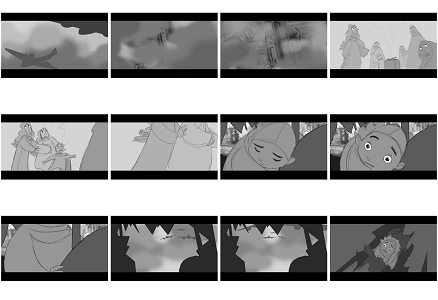
AV: What challenges did you face in adapting that personal story?
CA: I had to create a story that would still be true to the core idea of my mom’s feelings, but that at the same time would allow the character to carry the story forward. I used many elements of other war stories I heard during the years to fill the story line with action and create the character of Mila.
AV: Why did you choose to have no dialogue?
CA: I want Mila to be a universal film that talks to everyone, and the choice of making it a musical piece was natural for me. I didn’t want to have dialogue that would have “placed it” somewhere. Yes, it’s a film inspired by true events that happened in Italy, but Mila represents all children, in any war, in any time, so it was obvious to me to rely 100% on the universal language, music.

AV: With whom did you work on the story and the storyboard? Was it difficult to share such personal memories?
CA: I boarded myself a couple of early versions of the film, but once the script was more defined I asked a friend and a great story artist, Emanuela Cozzi, to have a go. I recommend to any director and in particular indie directors to ask someone to interpret their story. When the story is yours, is personal, it’s really easy to get too close to it and not see things objectively. It’s important to share the idea, the script, and the animatic with your family and friends— with people that would not be afraid to give you honest feedback. It’s a great way to see what is not clear, what works and what doesn’t, and to reinforce what is working well.
AV: How did you find the name “Mila?”
CA: I was looking for a short name that could be easily pronounced in many languages. One day I was talking with our modeling supervisor about the film and he mentioned his daughter, Mila. It was an immediate connection and felt obvious to me to pick that name.
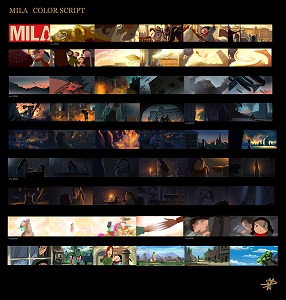
For more info, please go to:
www.milafilm.com
www.whoismila.com
See the Mila Trailer on YouTube: goo.gl/g9lJtK
For updates on Mila: goo.gl/xD01AD
Or check them out on Facebook: goo.gl/A2BtId
Our warmest thanks to Andrea Emmes and Cinzia Angelini!



